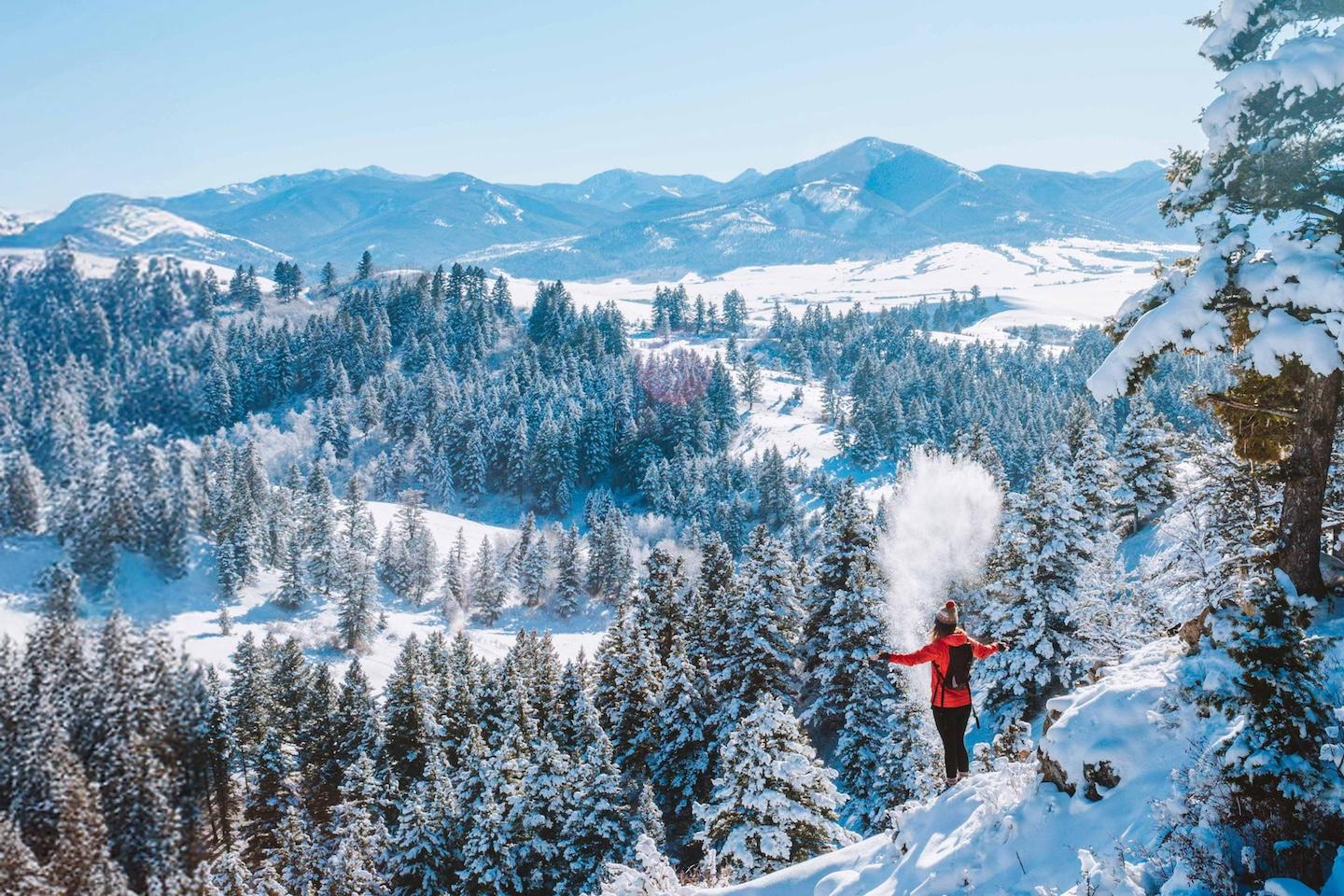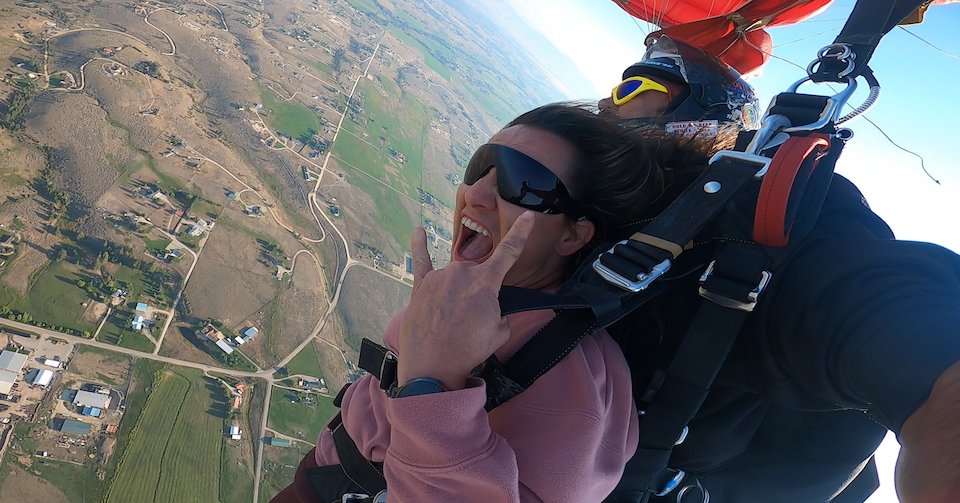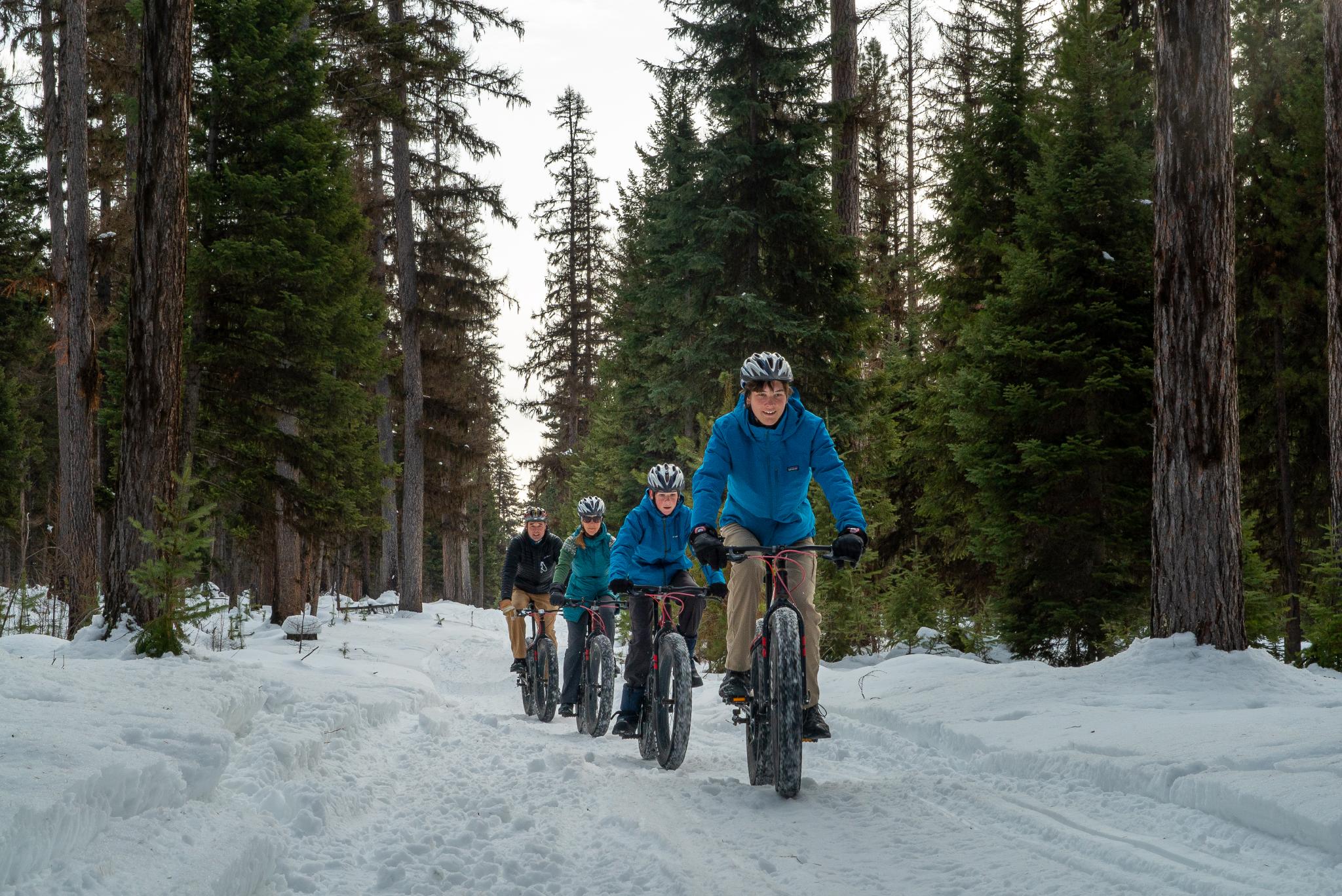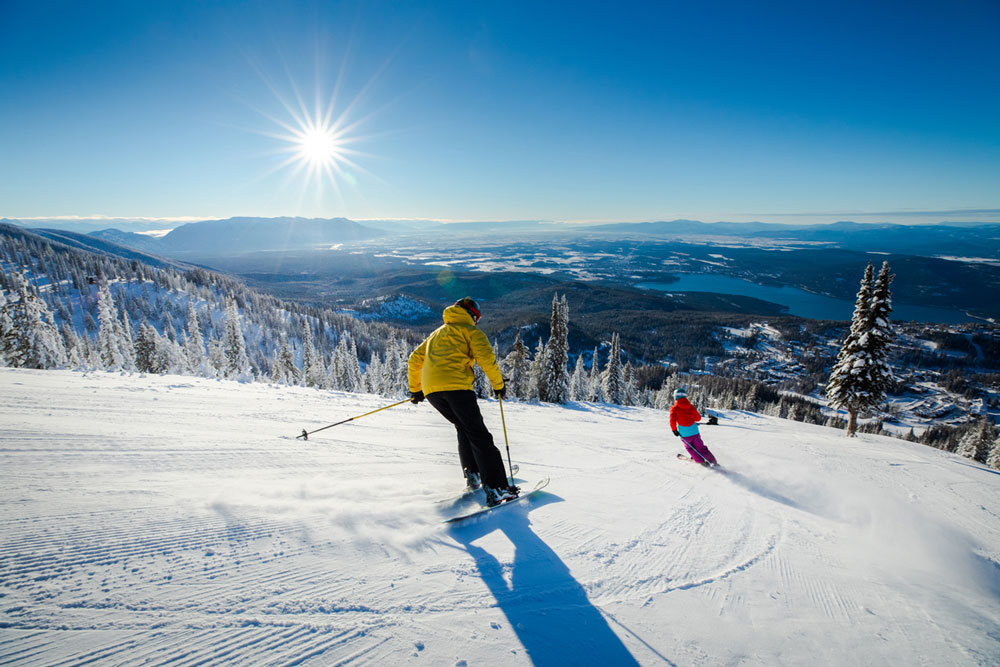Discover Western Montana’s Elk
A mid-size cousin in the deer/elk/moose family, elk are larger than deer and noticeably smaller than moose. They sport a distinctive mane that is longer on bulls than cows. Bulls reach weights between 700 and 1,000 pounds and have a rack of antlers, while females usually weigh between 500 and 600 pounds and do not have antlers. Elk feed on grasses, forbs, shrubs, tree bark and twigs, as well as mineral licks where they take in nutrients that help them grow healthy coats and produce milk for their young. You'll find them grazing in our high, wide-open spaces, though they seek lower elevations during winter. During the fall rut, listen for the distinctive bugle of the bull elk. For more on elk and their habitat, visit the Rocky Mountain Elk Foundation.





